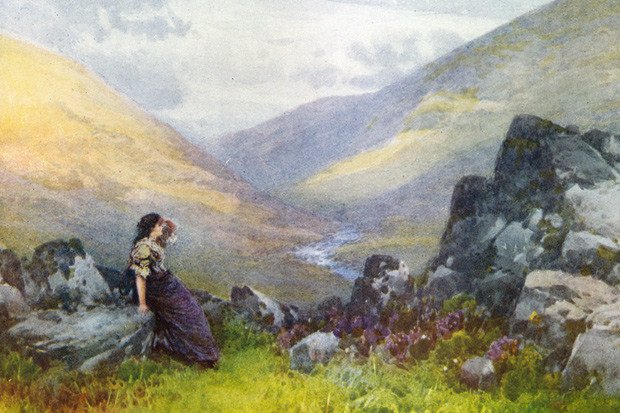‘No, no’ I said, when The Spectator’s literary editor rang up, ‘I’m sure you must be able to find someone who really wants to read another postcolonial analysis of the figure of the North African in English literature.’ But the book turned out to be about the other kind of moor, so I said yes, though not without some anxiety that it might be like Eeyore’s Gloomy Place: Rather Boggy and Sad.
Luckily, William Atkins’s book, though it acknowledges that moors can be bleak, isolated and unforgiving, especially for permanent residents and those scraping a living off the land, is on the whole quite cheerful. It is a series of affectionate local history sketches, strung together as a journey from Bodmin Moor in Cornwall to Otterburn in Northumberland (Wales and Scotland do not feature).
He begins with his GCSE geography project on the moor behind his parents’ house in Bishop’s Waltham in Hampshire where he spent his ‘dusks after school and … before-school dawns, and every weekend, and every holiday’, watching the wildlife and monitoring the water level. It’s the picture of an odd teenager, but the self-revelation this seems to promise doesn’t really emerge. Once the GCSEs are behind, the autobiographical element is minimal, and Atkins preserves a wary, detached voice.
As usual with travel books, the landscape conjures up our old friends — the man with a dog, the woman in the church, and so on — but one doesn’t feel the author warming to them and they don’t emerge as individuals. He consults the odd scientific expert, the occasional local historian, but he always seems quite glad to get away from them to his solitary, exceptionally disgusting picnics (‘I rested on a dais of moss .







Comments
Join the debate for just £1 a month
Be part of the conversation with other Spectator readers by getting your first three months for £3.
UNLOCK ACCESS Just £1 a monthAlready a subscriber? Log in